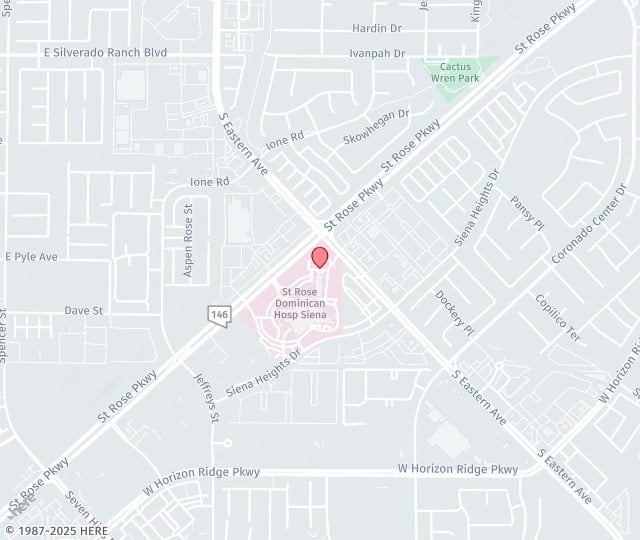This summer, the FDA approved Mentor’s Memory Shape breast implant, a high strength cohesive, and teardrop shaped implant. The silicone gel in the Memory Shape breast implant contains more cross-linking compared to the silicone in Mentor’s previously approved cohesive silicone implant, the Memory Gel. Cross-linking refers to the bonds that link one silicone chain to another. This results in a gel that is firmer. The clinical significance of this type of silicone gel is unknown.
The Mentor Memory Shape implant is the third teardrop shaped, form stable, textured, high-strength “gummy bear” silicone breast implant approved for cosmetic and reconstructive breast surgery in women. The two other breast implant companies, Allergan and Sientra, already have their versions FDA approved.
All silicone breast implants being used today are cohesive gel, meaning they act more like a solid than a liquid, and hold their shape in the situation of rupture. The main difference between these implants and round implants is the shape. Shaped implants mean “form-stable”, anatomic or teardrop shaped, with a textured surface to decrease risks for rotation. Teardrop shaped implants imply more natural contours than round implants, however, there is no evidence to prove that they look more natural than round cohesive gel implants once placed in the body. In addition, they are firmer and may look less natural in different body positions.
Round implants have always provided very natural contours in all body positions. Results are excellent and predictable. When standing, the gel settles to the bottom of the bag and the profile looks teardrop. Additionally, when implants are placed under the chest muscles, the compressive force at the top of the implant from the pectoralis major muscle accentuates a natural sloping breast contour. When lying down, round implants settle to the periphery of the breast pocket, much like a natural breast would. Round implants are mobile, which is beneficial in cases of mild implant position issues so that massage, bras, and straps can optimize or guide implant position without the need for surgery. Teardrop implants are firmer and immobile. There is no room for error in placement, what you get in the operating room is typically unchangeable and the textured surface acts like Velcro to prevent movement within the pocket. Movement of shaped implants in the pocket causes contour distortion and ultimately requires surgery and a switch to round implants.
Teardrop shaped implants are not for everyone, and may only be indicated in a small patient population. Here are some guidelines when considering these devices:
You may be an appropriate candidate if:
• You desire a subtle augmentation with less upper pole fullness
• You have a tuberous or constricted breast
• You have a history of breast cancer and are undergoing a straightforward breast reconstruction
• You would be ok with the added risk of implant rotation requiring surgery (5-8%) and potentially an increased feel of the shell and/or rippling from the thick textured surface
• Patients considering textured surfaced implants need to realize that all of the rare reported cases of lymphoma associated with breast implants are with textured breast implants; seromas (fluid collections) may also be a higher risk with textured implants
Inappropriate patients:
• Those who desire upper pole fullness (who doesn’t want upper pole fullness? Isn’t that the point of implants? The whole Las Vegas female patient population wants upper pole fullness)
• You have a loose or lax skin envelope
• You want a large implant size (the majority of our Las Vegas patients want large implant sizes)
• You have chest wall abnormalities including sloping chest walls or asymmetries
• Women with sagging and those who need breast lift surgery (sorry moms, its not for you)
• Women with moderate to severe breast asymmetries
• Women who have had implants before. The use of teardrop shaped implants requires a virgin “hand-in-glove” fit. Previous breast implant surgery with old pockets or scar tissue contraindicates using this device. Implant maintenance surgery with removal and replacement of breast implants almost always require a round breast implant
• Women who are on a budget. The cost of each implant is close to $1500 per implant. This is almost double the cost of the round cohesive silicone implants.
• Women refusing a long scar. The scar for placement is long, and often twice as long as required for round silicone implants. It is usually placed under the normal lower breast fold (inframammary crease)
• Women who want softer feeling breasts. Teardrop implants feel quite firm and have limited mobility. Implant position is unalterable after surgery unlike round smooth implants where massage and bras can guide implant position after surgery
• Women who desire a periumbilical, periareolar, or axillary approach to hide scars.
Well, I think that says it all. These guidelines come direct from the manufacturers. Although these implants have been given a lot of media attention, and are quite popular in other parts of the world, I feel they have a very limited role in our region. Most women want as much upper pole fullness they can get while maintaining naturalness and a predictable result. I believe it is a great option in breast cancer patients after mastectomy, as well as women with tubular breast deformities. In women who want a very subtle increase in fullness and very natural breast contour, small round implants of appropriate size reliably creates a mature, teardrop breast contour without the added cost and risks.
Dr. Hayley Brown MD, FACS
Board Certified Plastic Surgeon

